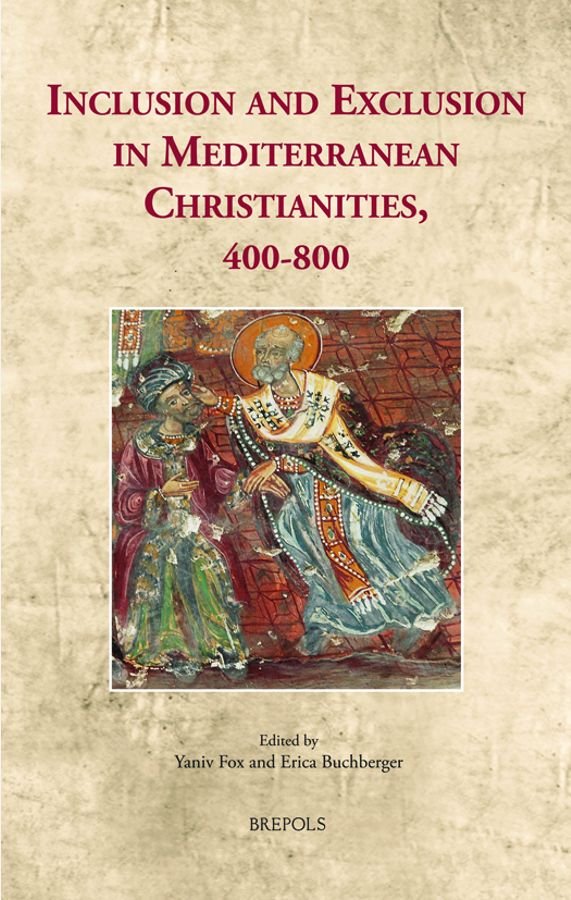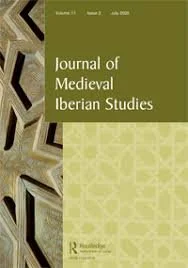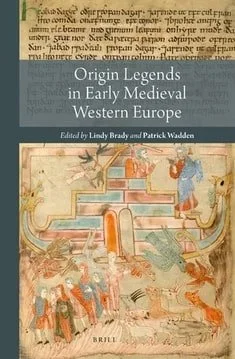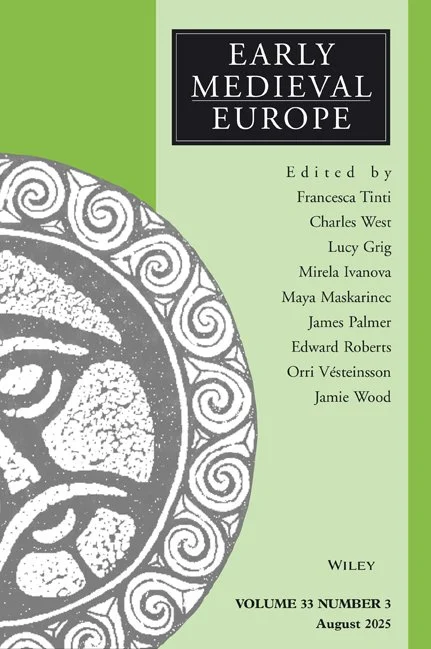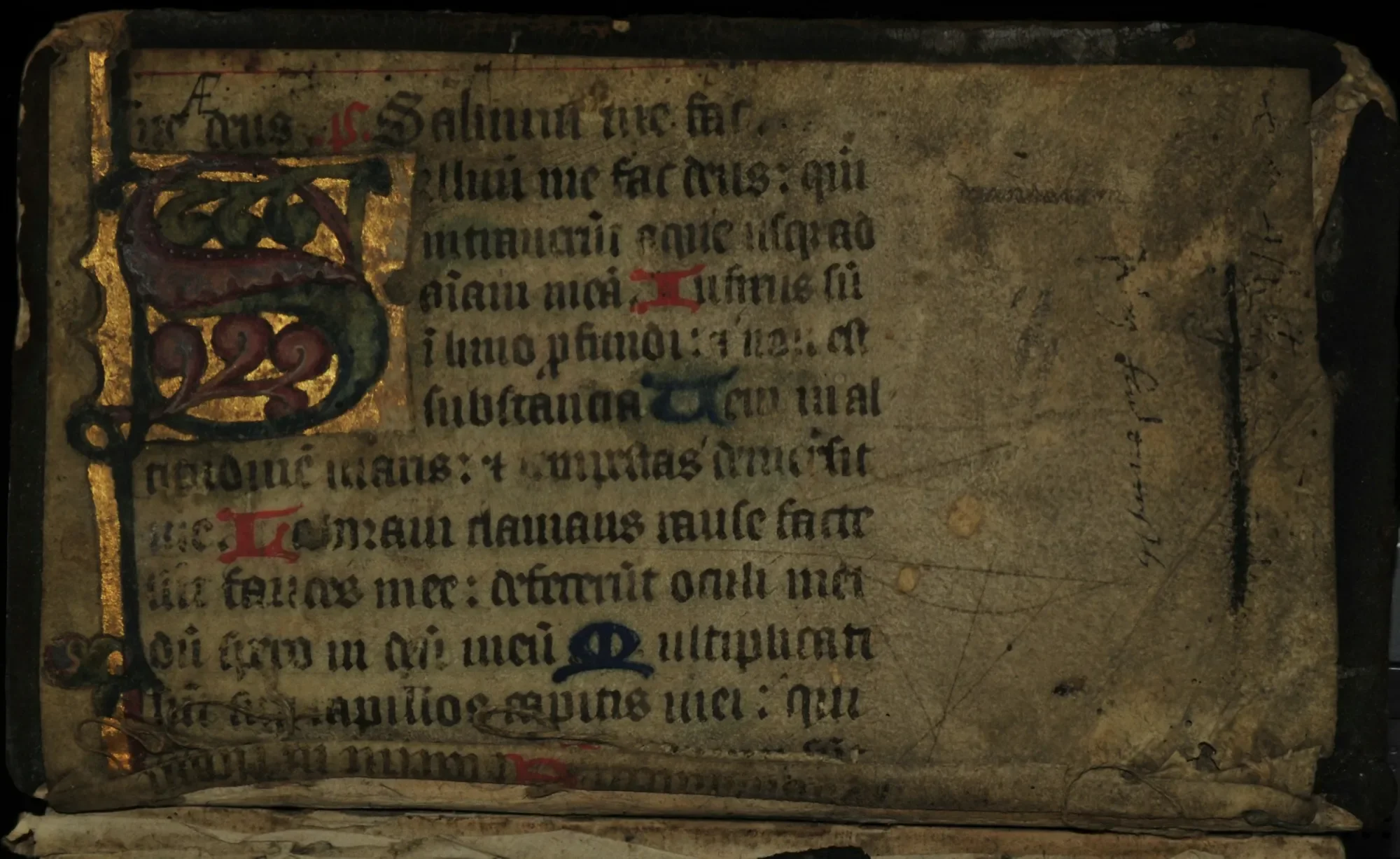
Research
My research on the transformation of racial, ethnic, and religious identities in early medieval Iberia and France challenges two common assumptions: that race and ethnicity are solely modern concerns, and that once a new identity is constructed it ceases to evolve.
My first book, Shifting Ethnic Identities in Spain and Gaul, 500-700: From Romans to Goths and Franks, developed a sociologically-inspired method to unmask the process by which Romans came to identify with their new Gothic and Frankish rulers as the empire disintegrated into smaller kingdoms. By tracking when and how authors used ethnonyms, I show how political affiliation sowed the seeds for ethnic change, without diminishing Romanness’ importance as a cultural layer of identity. I have applied this method to understanding how Iberian Jews were marginalized as religiously, ethnically, and increasingly racially “other,” and to investigating the ways religion and ethnicity can be leveraged to build a place-based identity, calling in the process for greater attention to the difference between identification and the strategies used to encourage it. My second book in progress, The Afterlife of Gothic Identity: Religion, Ethnicity, and Legitimacy in Early Medieval Iberia, examines how eighth- to tenth-century Iberians in Christian- and Muslim-ruled kingdoms adapted Gothic identity to navigate their new realities—as conquerors, collaborators, martyrs, resisters, neighbors, and rivals. I employ models from borderlands studies and sociology to illuminate the ethnic, religious, and regional identities of residents as ever-evolving, interwoven layers from a spectrum of available possibilities. In doing so, I complicate common models of relations across borders in Iberia.
I have presented my research at the International Medieval Congress (Leeds, UK), the International Congress for Medieval Studies (Kalamazoo, MI), the Medieval Academy of America, the Texas Medieval Association, the Southeastern Medieval Association, the Institute for Historical Research (London, UK), the University of Oxford, Princeton University, the University of Hamburg, the University of Granada, the University of Exeter, and Ben-Gurion University of the Negev.
I earned my doctorate from the University of Oxford (2013) and am currently Associate Professor of History at the University of Texas-Rio Grande Valley. I am also an Associate Fellow of the Higher Education Academy (UK) and a member of the Medieval Academy of America, the American Historical Association, the Association for Spanish and Portuguese Historical Studies, the American Academy of Research Historians of Medieval Spain, and the Society for the Medieval Mediterranean.
Find me on ORCID ǀ Google Scholar ǀ My institutional repository
Books
Shifting Ethnic Identities in Spain and Gaul, 500-700: From Romans to Goths and Franks (Amsterdam University Press, 2017).
Previous scholarship has examined the ethnic identities of Goths, Franks, and other “barbarian” groups in the post-Roman West, but Romans have been relatively neglected. Part of the reason for this lacuna is the assumption that “Roman” continued to denote solely cultural and legal affiliation. In face, as Shifting Ethnic Identities demonstrates, contemporaries also associated Romanness with descent and described Romans just like they described Franks and Goths - whom scholars are perfectly happy to call “ethnic groups.” By distinguishing between political, religious, and descent nuances with which authors used the terms “Roman,” “Goth,” and “Frank,” this comparative study tracks changes in the use and perception of these identifications, which allowed Romans in Iberia and Gaul to adopt the Gothic or Frankish identities of their new rulers, one nuance at a time.
Inclusion and Exclusion in Mediterranean Christianities, 400-800, ed. Yaniv Fox and Erica Buchberger (Brepols, 2019).
The fifth to the ninth centuries were a formative period around the Mediterranean, in which new forces were redefining traditional social divisions. This volume will look at these centuries through the lens of inclusion and exclusion as social forces at work on the self, the community, and society as a whole. For late antique and early medieval societies, inclusion and exclusion were the means of redrawing the boundaries of cultural and political discourse, and ultimately, of deciding how resources — material, spiritual, and intellectual — were allocated.
This volume explores inclusion and exclusion as processes affecting Mediterranean communities. Contributions to the present volume look at how distinctions were fostered through both space and text, along ethnic and religious lines, and at the level of both ecumenical councils and individual friendships. By examining a wide range of social and cultural phenomena, from historiography and political partisanship to private religious worship and the performance of the feast, the chapters of this volume illustrate the exceptional range of ways that late antique and early medieval people negotiated their place in a changing world, and brought a new one into being.
Articles & Chapters
“Local Identity in the Lives of the Fathers of Mérida: When Ethnicity and Religion Aren’t the Point”
in Journal of Medieval Iberian Studies 17.3 (2025)
While scholarship on early medieval Europe often centers ethnicity or religion over other forms of identity, they were not always the most relevant form of identification for contemporaries. In the Lives of the Fathers of Mérida (late sixth-early seventh century), ethnic and religious identity were actually deployed to construct a local identity around the space and people of the city. This article explores how the text did so by closely analyzing terms used and their context, and by applying social scientific theories of boundary construction to illuminate the strategies of identification behind it. It argues that such an approach gives historians of medieval identity a window into shifting affiliations within a locality and forces us to reconsider the salience of various layers of identity, both locally and kingdom-wide.
“Crafting the Image of Pelayo: Identity and State-Building in Early Medieval Asturian Chronicles”
in Journal of Medieval Iberian Studies 15.3 (2023)
In the late ninth century, a series of chronicles from the Christian kingdom of Asturias staked a claim on Visigothic identity and thus ancestral legitimacy to rule in Iberia for Asturias and its kings. Connecting Pelayo, the first king of the Asturian kingdom, to the last Visigothic kings and crafting his image as an ideal Goth and Christian was essential to this process. Informed by scholarship on “borderlands” and boundary-making, this article demonstrates how the chroniclers renegotiated the parameters of Gothic identity to impose the idea of a strict border between legitimate and illegitimate, good Catholic and heretic, and loyalty and disloyalty. In doing so, they provided Pelayo with a layered and flexible Gothic-Christian-Asturian identity.
“Ethnicity and Imitatio in Isidore of Seville”
in Rome and Byzantium in the Visigothic Kingdom: Beyond Imitatio Imperii, ed. Damián Fernández, Molly Lester, and Jamie Wood (Amsterdam University Press, 2023)
In the late ninth century, a series of chronicles from the Christian kingdom of Asturias staked a claim on Visigothic identity and thus ancestral legitimacy to rule in Iberia for Asturias and its kings. Connecting Pelayo, the first king of the Asturian kingdom, to the last Visigothic kings and crafting his image as an ideal Goth and Christian was essential to this process. Informed by scholarship on “borderlands” and boundary-making, this article demonstrates how the chroniclers renegotiated the parameters of Gothic identity to impose the idea of a strict border between legitimate and illegitimate, good Catholic and heretic, and loyalty and disloyalty. In doing so, they provided Pelayo with a layered and flexible Gothic-Christian-Asturian identity.
“Origin Legends of Visigothic Spain in Isidore of Seville’s Writings”
in Origin Legends in Early Medieval Western Europe, ed. Lindy Brady and Patrick Wadden (Brill, 2022)
The key author of origin legends in early medieval Spain is Isidore of Seville. In his Etymologies, History of the Goths, and Chronicles, Isidore drew on classical, Biblical, and late antique sources and also etymology to craft a suitable origin for the ruling Visigoths. His challenge was to make a people that in Roman times was considered violent, uncouth barbarians into a suitable civilized heir to Rome’s power in post-Roman Spain. This chapter begins by explaining Isidore’s goals and challenges. It then explores in turn the Getae and Scythians of Herodotus and Pliny, who served as eschatologically neutral ancestors; the prophet Ezekiel’s Gog and Magog, who provided a useful genealogical connection to a son of Noah but also a potentially problematic prophecy; and Ambrose of Milan and Jerome, whose own interpretations of these sources Isidore expanded on. It finishes with a surprising reappearance of Gog in the ninth century.
“Gothic Identity and the ‘Othering’ of Jews in Seventh-Century Spain”
in Inclusion and Exclusion in Mediterranean Christianities, 400-800, ed. Yaniv Fox and Erica Buchberger (Brepols, 2019)
In 589, Reccared, king of the Visigoths in Spain, converted from Arian to Catholic Christianity. Arianism was banned, and after a brief period which saw the repression of rebellions, eliminated from the kingdom. All Goths were required to become Catholic. This watershed in Visigothic history both necessitated and facilitated a renegotiation of the parameters of Gothic identity. In this chapter, I trace the process by which the Catholic Romans came to be identified as Goths after 589 and show how the rise of anti-Jewish legislation paralleled this phenomenon. I suggest that a careful look at the language in which Gothicness was expressed throughout the pivotal seventh century and the consequences of this language for Jewish identity reveals a shift in political, ethnic, and religious meanings that seems in many ways to not really be about the Jews at all.
“Romans, Barbarians, and Franks in the Writings of Venantius Fortunatus”
in Early Medieval Europe 24.3 (2016)
Winner of the Wiley-Blackwell Essay Prize
This paper aims to contribute to broader discussion of strategies of identification and of Romanness by exploring the changing meaning of Roman, barbarian, and Frankish identity through the ways Fortunatus wrote about these identities and related them to each other. A close examination of the nuances of these terms in Fortunatus’ works will highlight the ways he used the resources available to him within his social context to promote Roman identity as still prestigious and as compatible with a barbarian-ruled society.
“The Growth of Gothic Identity in Visigothic Spain: The Evidence of Textual Sources”
in Identidad y etnicidad en Hispania: Propuestas teóricas y cultura material en los siglos V-VIII, ed. Juan Antonio Quirós Castillo and Santiago Castellanos (Universidad del País Vasco, 2015)
This chapter proposes a partially new narrative for Gothic identity in Visigothic Spain. In written sources of Visigothic Spain, there are three main senses to the term “Goth:” political, religious, and descent-based. I will show that Hispano-Romans could make the difficult mental transition to seeing themselves as Goths—religiously, politically, and by descent—and have others accept this identity—by proceeding one nuance at a time. When Gothicness became associated with Catholicism, Hispano-Romans became Goths on a religious level, which eased their acceptance as Goths on a political level, which in turn made it easier to think of them as so thoroughly un-Roman as to pass on their Gothicness by descent.
Works in Progress
The Afterlife of Gothic Identity: Religion, Ethnicity, and Legitimacy in Early Medieval Iberia
Afterlife examines how, when, and for what purposes residents of 8th- to 10th-century Iberia identified with their Gothic predecessors, and what this tells us more broadly about how ethnic and religious identities overlap and transform. Counter to many narratives that presume the only identity that really mattered to Iberians after Muslim conquest was religious, I contend that their ethnic and religious identities were intimately intertwined and that contemporaries knew this and leveraged them together to legitimize their rule, demonstrate loyalty, or show the rightness of a cause. Identifying with the previous kingdom mattered, even in new kingdoms with new names.

